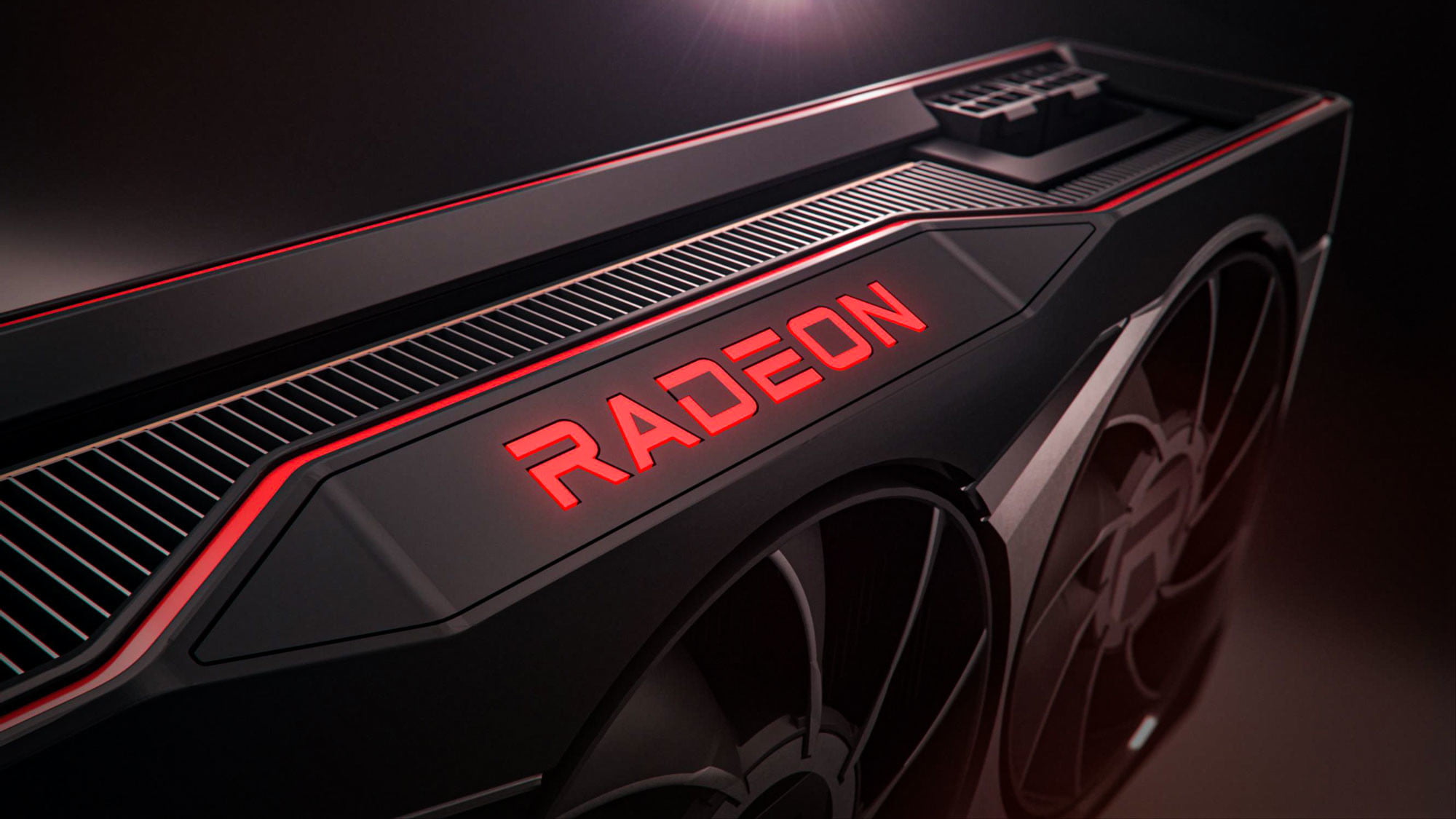AMD’s updated RDNA 2 graphics cards are around the corner, and certain online retailers have already begun to list the boards on their marketplaces.
However, if the details associated with these listings ultimately turn out to be accurate, then you’re going to have to pay between $1,400 to $3,300 to grab some of these video cards, at least within a particular region.

The rumored refresh of the RDNA 2 Radeon RX 6000 range of GPUs consist of the flagship Radeon RX 6950XT, RX 6750XT, and RX 6650XT.
Custom variants for all of these boards were listed on French retailer PC21, which was initially spotted by technology insider momomo_us and Tom’s Hardware, and the corresponding price tags are certainly cause for concern.
The most expensive model, the Radeon RX 6950XT Toxic LE Gaming OC, is priced at $3,334. Granted, custom overclocked versions of graphics cards will naturally be more expensive compared to the standard variant due to the upgrade in performance.
However, there’s a huge difference between the aforementioned figure and the $1,999 list price for the RTX 3090 Ti, which AMD is seemingly hoping to offer an alternative to with its RX 6950XT.
The prices attached to the rest of the refreshed RDNA 2 lineup from the French retailer include:
- Radeon RX 6950 XT Nitro+ Pure Gaming OC: $3,242
- Radeon RX 6950 XT Nitro+ Gaming OC: $3,151
- Radeon RX 6750 XT Nitro+ Gaming OC: $1,509
- Radeon RX 6750 XT Pulse Gaming OC: $1,417
- Radeon RX 6650 XT Nitro+ Gaming OC: $911
- Radeon RX 6650 XT Pulse Gaming OC: $889
With AMD’s considerably more powerful and efficient next-gen GPUs set to arrive later this year, anyone looking to upgrade their system with one of these updated current-gen RDNA 2 boards may understandably decide to wait.
In any case, these prices would deter many potential customers who need a new graphics card. Ultimately, it’s essentially the same cost as a secondhand car. That said, there are a few important factors that should be emphasized. First, as we previously mentioned, overclocked models will always command a higher price tag due to the performance boost.
Second, as Tom’s Hardware highlights, graphics cards are generally sold for higher price tags when compared to key regions such as the U.S. and U.K. Custom Radeon RX 6900XT graphics cards available in the U.S. are priced between the $1,150 and $2,436 range, according to Tom’s Hardware, so it’s unlikely that the 6950XT will cost anything above $3,000 when it does launch in America.

AMD’s RTX 3090 Ti killer
AMD is said to be positioning the 6950XT as the direct competitor to Nvidia’s latest flagship $1,999 graphics card, the RTX 3090 Ti. Realistically then, Team Red will therefore need to apply a similar price point if it hopes to lure potential Nvidia customers away.
Still, a technology insider notably stated that the 6950XT could be a “far better product” than the RTX 3090 Ti due to its technical specifications, namely a potential “10% boost when combined with 18Gbps memory.” The same leaker stressed that the refreshed range will be “a little more expensive” than AMD’s current Navi-based lineup.
As such, a cost above $2,000 for the 6950XT is not completely out of the question and would make sense.
Meanwhile, alongside the memory amount, the refreshed RDNA 2 lineup is rumored to offer improved clock speeds, as well as being more power efficient, according to Tom’s Hardware.
As reported by VideoCardz, it’s all but confirmed that 6x50XT GPUs will sport improved GPU clocks and TBP (Typical Board Power) specifications, which should result in better performance compared to the 6600, 6700, and 6900XT boards.
In regard to the release of the RDNA 2 GPU refresh, it was initially expected to hit store shelves on April 20 or April 21. However, AMD has reportedly decided to delay the launch until May 10 instead.
Elsewhere, Wccftech’s Hassan Mujtaba believes AMD board partners will cease the production of Radeon RX 6900XT, 6700XT and 6600XT cards. As a result, the RDNA 2 refresh “is looking more like a replacement rather than a higher-end alternative to existing models,” according to Mujtaba.
All things considered, these graphics cards should infuse a breath of fresh air into what has largely been an Nvidia-dominated GPU market over the past few years. Competition is always good news for consumers and is certainly welcome after the unprecedented GPU shortage, which seems to have come to an end.
That said, when it comes to paying thousands of dollars for an AMD graphics card, it may be more sensible — in a financial sense — to simply wait until Radeon 7000 GPUs becomes available later this year. After all, the battle of next-gen is set to culminate in the most advanced consumer graphics cards ever released with the launch of RDNA 3 and RTX 40 GPUs during the second half of 2022.
Editors’ Recommendations
